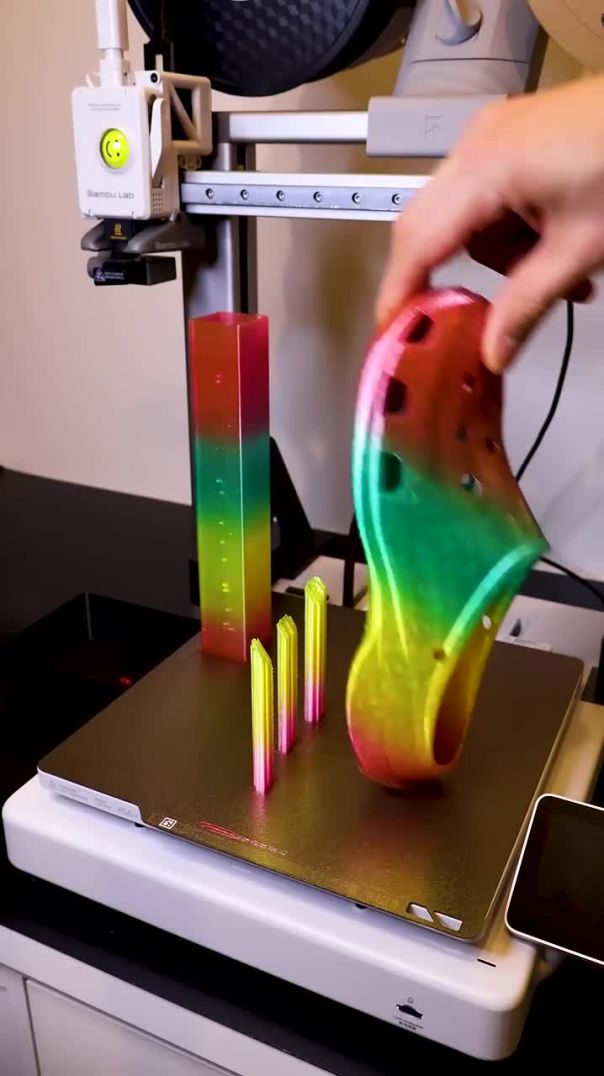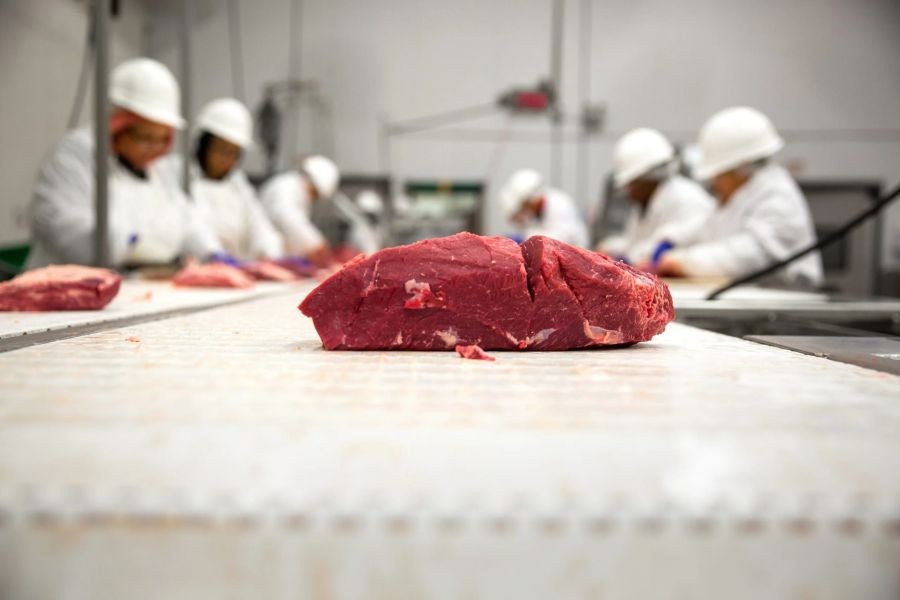In the ever-evolving world of aviation, improving aerodynamics is a perpetual pursuit that transforms aircraft design and performance. For New Zealand, a country with a burgeoning aerospace sector and a unique geographical position, this quest is not just about efficiency but also about competitive advantage. The impact of aerodynamics on fuel efficiency, environmental sustainability, and economic growth cannot be overstated. With New Zealand's commitment to reducing carbon emissions, the aviation industry faces mounting pressure to innovate. As the global aerospace market anticipates a 5% annual growth rate (Source: MBIE), New Zealand's aerospace sector must leverage advancements in aerodynamics to carve out its niche.
Understanding Aerodynamics in Aircraft Design
At its core, aerodynamics is the science of how air interacts with solid objects, such as aircraft. The goal is to minimize drag and maximize lift, which enhances fuel efficiency and flight performance. In New Zealand, where aviation plays a critical role in connecting remote regions, optimizing aerodynamics is crucial. The New Zealand aviation industry, contributing over NZD 16 billion to the economy (Source: Stats NZ), stands to benefit significantly from advancements in this field.
Expert Insights: The Role of Computational Fluid Dynamics (CFD)
Computational Fluid Dynamics (CFD) has revolutionized aircraft design by allowing engineers to simulate airflow and test various designs without physical prototypes. Dr. Emily Carter, a leading aerospace engineer at the University of Auckland, emphasizes that "CFD enables precise modeling of complex aerodynamic phenomena, reducing the time and cost associated with traditional wind tunnel testing." For New Zealand's aerospace startups, embracing CFD can accelerate innovation and reduce development costs.
Real-World Case Studies: Innovative Aerodynamic Designs
Case Study: Boeing's 787 Dreamliner – A Lesson in Efficiency
Problem: Boeing aimed to create an aircraft that reduced fuel consumption and environmental impact.
- The aviation industry contributes approximately 2% of global carbon emissions, prompting Boeing to seek aerodynamic improvements.
Action: Boeing incorporated advanced materials like carbon composites and redesigned the wing structure for better airflow.
- They utilized raked wingtips and laminar flow technologies to decrease drag.
Result: The 787 Dreamliner achieved a 20% reduction in fuel consumption compared to previous models.
- Airlines reported savings of up to NZD 1.5 million annually per aircraft.
Takeaway: Incorporating lightweight materials and advanced wing designs can significantly enhance aircraft efficiency. New Zealand aerospace companies can adopt similar strategies to develop competitive and eco-friendly aircraft.
Case Study: Cessna's Citation Longitude – Performance Meets Comfort
Problem: Cessna aimed to design a business jet that combined performance with passenger comfort.
- Business jets often struggle with balancing speed and comfort due to aerodynamic limitations.
Action: Cessna implemented a new wing design with improved aerodynamics and stability.
- They used advanced CFD tools to refine the wing shape and optimize airflow.
Result: The Citation Longitude achieved a top speed of Mach 0.86 while maintaining superior cabin comfort.
- It set new benchmarks for range and fuel efficiency in its class.
Takeaway: New Zealand's private aviation sector can learn from Cessna's approach by investing in aerodynamic research to enhance both performance and passenger experience.
Debunking Myths in Aircraft Aerodynamics
Myth: "Bigger wings always mean better performance."
Reality: While larger wings can increase lift, they also add weight and drag. Optimal wing size depends on the aircraft's purpose and operational conditions (Source: Aerospace Institute of New Zealand).
Myth: "Aerodynamics only matter at high speeds."
Reality: Aerodynamics impact fuel efficiency and emissions at all speeds, crucial for New Zealand's regional flights with frequent takeoffs and landings (Source: NZ Civil Aviation Authority).
Myth: "New materials are too costly for widespread use."
Reality: Although initially expensive, advanced materials like carbon composites reduce operational costs through enhanced fuel efficiency and maintenance savings (Source: University of Canterbury).
Driving Future Trends in Aerodynamics
As New Zealand looks to the future, the integration of sustainable aviation technologies will be pivotal. The government’s Aviation Emissions Reduction Plan aims for a 50% reduction in emissions by 2050. This policy motivates the industry to explore aerodynamic innovations further.
Globally, the trend towards electric and hybrid-electric aircraft is gaining momentum. Companies like Airbus are investing heavily in these technologies, anticipating a paradigm shift in aircraft propulsion. For New Zealand, with its abundant renewable energy resources, this presents an opportunity to lead in sustainable aviation.
Future Prediction: The Rise of Autonomous Aircraft
By 2030, autonomous aircraft could dominate short-haul routes in New Zealand, driven by advances in AI and aerodynamics. This innovation promises reduced operational costs and increased safety, aligning with New Zealand's strategic focus on technology and sustainability (Source: NZTech).
Final Takeaways
- Fact: New Zealand's aerospace sector could see significant growth by adopting advanced aerodynamic technologies.
- Strategy: Utilize CFD and new materials to enhance aircraft performance and sustainability.
- Mistake to Avoid: Ignoring the impact of aerodynamics on fuel efficiency and environmental compliance.
- Pro Tip: Collaborate with academic institutions for research and development in aerodynamics.
What’s your perspective on the future of aerodynamics in aircraft design? Join the conversation below!
People Also Ask (FAQ)
How does improving aerodynamics impact the aviation industry in New Zealand? Improved aerodynamics can enhance fuel efficiency, reduce emissions, and lower operational costs for airlines, aligning with New Zealand's sustainability goals.
What are common misconceptions about aircraft aerodynamics? One myth is that larger wings automatically improve performance, but the reality is that optimal wing design depends on specific aircraft requirements and conditions.
What future trends in aerodynamics should New Zealand's aerospace sector watch? The rise of electric and hybrid-electric aircraft, driven by advancements in aerodynamics, presents opportunities for sustainable growth in the sector.
Related Search Queries
- New Zealand aerospace sector growth
- Impact of aerodynamics on fuel efficiency
- Future of electric aircraft in New Zealand
- Sustainable aviation technologies
- CFD in aircraft design
- Reducing carbon emissions in aviation
- Hybrid-electric aircraft advancements






























